Also available in: Deutsch
We have been traveling all across Southeast Asia since 2013, and since late 2015, we’ve even spent most of our time in Thailand. We feel very safe and comfortable in this part of the world, but there are still certain risks and dangers here.
Roller Accidents, Gastrointestinal Bugs, and Dog Bites – Our Experiences in Southeast Asia
In about 6 years in Thailand, Indonesia, Malaysia, the Philippines, etc., not much serious has happened to us so far. Nevertheless, there have been a few small incidents in recent years. Today, we’d like to tell you a bit about them and at the same time give you a few tips on what you can do or what you should pay attention to.
1. Dog Bites
Dog bites can happen anywhere in the world, and they’re somewhat more likely in some Southeast Asian countries. This happened to me a few months ago when a stray dog on Koh Phangan ran into my scooter (of all days, it was one day before our Lombok trip). Because of the collision, it bit my wife and me in the foot.
So we went straight to a hospital. Even though I got vaccinated against rabies 5 years ago, I immediately needed a rabies and tetanus shot (further rabies shots after a few days were also necessary). The bite wound also had to be thoroughly cleaned to kill any rabies bacteria right away before they could penetrate deeper into the flesh. That’s why it’s important to see a doctor immediately if you get bitten.
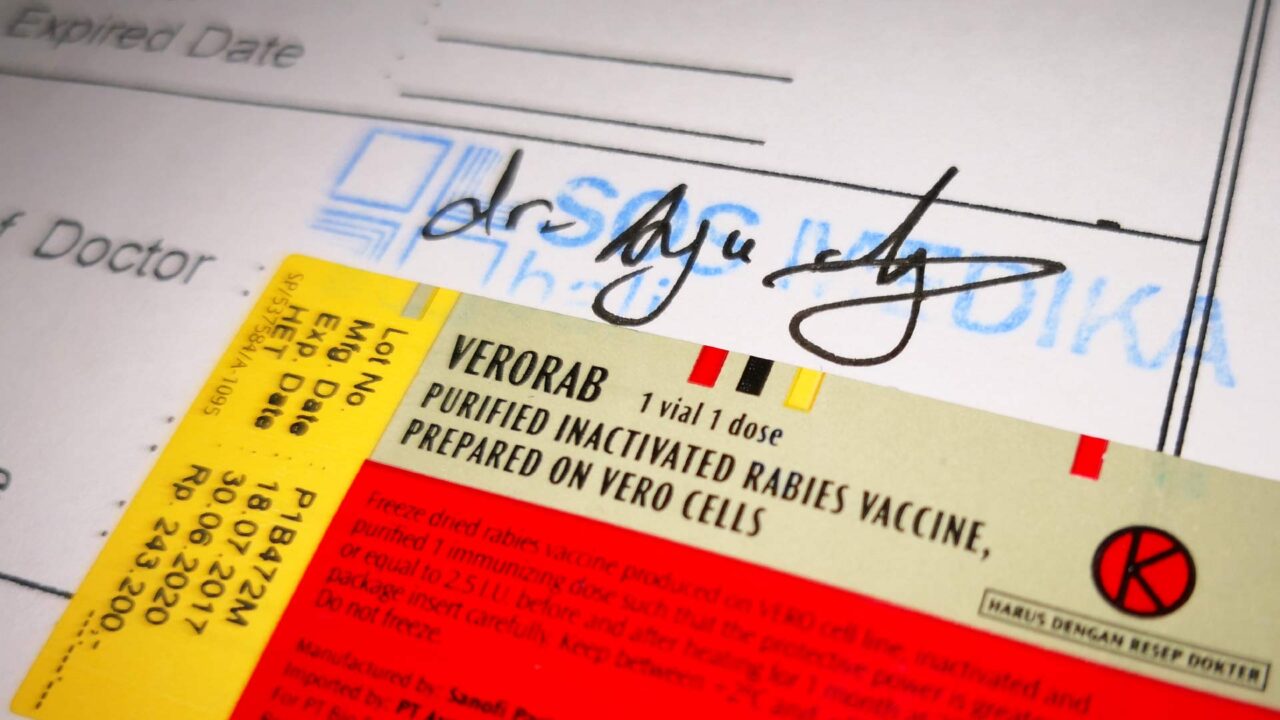
By the way, not only dog bites are dangerous, but any kind of animal bite. For example, a bite from a monkey or even a cat also warrants an immediate doctor’s visit.
What You as a Traveler Can Do or Learn From This
Whether or not you need a rabies vaccination before a Southeast Asia trip is your decision. As you can see, in the worst case, you’d still need to go to a hospital right away and at least get one shot (if you’re not vaccinated, it’s actually 4 additional ones). So being vaccinated before you travel doesn’t necessarily prevent that, and you should always be cautious around stray dogs and wild monkeys.
2. Scooter Accidents
We’ve also experienced scooter accidents, luckily only minor ones with no serious injuries. We’re experienced scooter riders with many years of practice. However, accidents can still happen even if you have no control over the situation and someone or something else causes it.
The best example is the incident I mentioned in the previous section. While riding my scooter on Koh Phangan, a dog suddenly ran right into it, causing a crash. Because I anticipate that kind of situation in certain places, I was already driving very slowly and had one hand on the brake. Still, it led to a fall and minor wounds on my knees and hands.
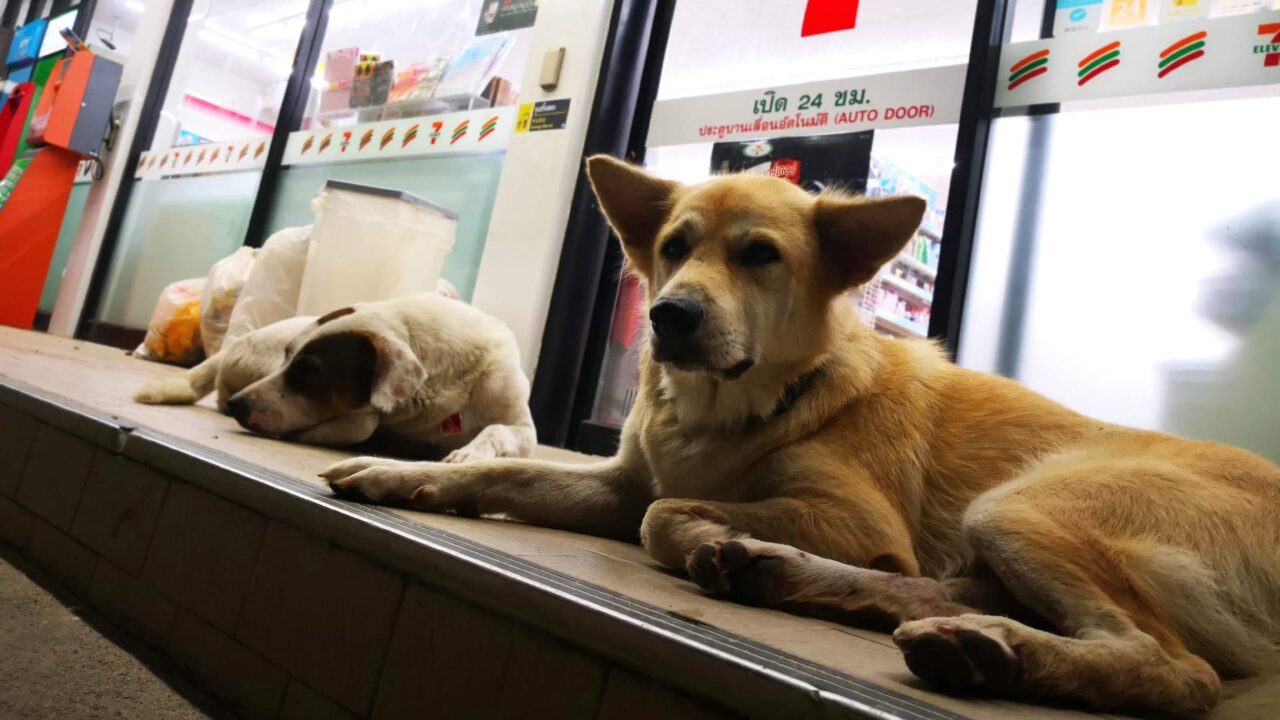
Especially in Thailand, such things can happen more often, and besides dogs, other scooter and car drivers pose a significant danger. On the one hand, that’s due to the crazy driving style of the locals, and on the other, the unsafe driving style of tourists who have never driven a scooter before and overestimate their abilities, putting others at risk.
What You as a Traveler Can Do or Learn From This
Drive carefully and never overestimate yourself – the big Thai islands, Bali, etc. are not the right places to learn how to ride a scooter! Drive cautiously and attentively, and don’t let yourself get distracted. Pay special attention to the roadside and the condition of the road because dogs (or other animals) can always run onto the road unexpectedly. If you spot a dog in the distance near the roadside, slow down a bit – but not too abruptly because there may be traffic behind you. In doubt, honking can help because the dogs are often “trained” to move off the road immediately. However, keep in mind that honking can make the dog extremely nervous or scared, causing it to move unpredictably. Also, potholes or sand on the road (especially in curves) can quickly lead to an accident.
It’s of course sensible to carry a travel first aid kit so you can treat minor wounds and scratches yourself right away. You can order many products for wound healing and cleaning cheaply from any good online pharmacy before you travel.
Most importantly: make sure you have insurance! That’s the be-all and end-all before any trip. You should be aware that treatment costs (especially for more serious accidents) can be very high, and if you even have to stay in a hospital for a few nights, it can run into several thousand euros. In addition, having a credit card with a sufficiently high limit is crucial, as you often have to pay for the treatment in cash in advance.
3. Gastrointestinal Flu
The gastrointestinal flu is probably the most common illness travelers get in Southeast Asia. Basically, it’s not a big deal and usually passes quickly. We haven’t been spared from it in over 6 years, either. The cause is often hard to pinpoint but can frequently be traced to spicy food or especially bacteria (for example, due to insufficient refrigeration). Contrary to popular belief, we’ve never had issues with ice in drinks, which we consume almost daily.
Sometimes it’s referred to as gastrointestinal flu, but symptoms like nausea, headaches, or body aches occur less frequently because it’s typically diarrhea (and less often stomach cramps). We can’t pinpoint a single country for this – it has happened in places like Koh Samui in Thailand or Bali in Indonesia. It’s not too serious, but it can take a day or two out of your travel time until everything is back to normal.
What You as a Traveler Can Do or Learn From This
Basically, there’s nothing you can do to completely avoid it, since it can happen with street food as well as in nicer restaurants. We actually feel safer at street food stalls because you can see how the food is prepared. In restaurants, behind closed doors, you don’t know what’s going on or how things look.
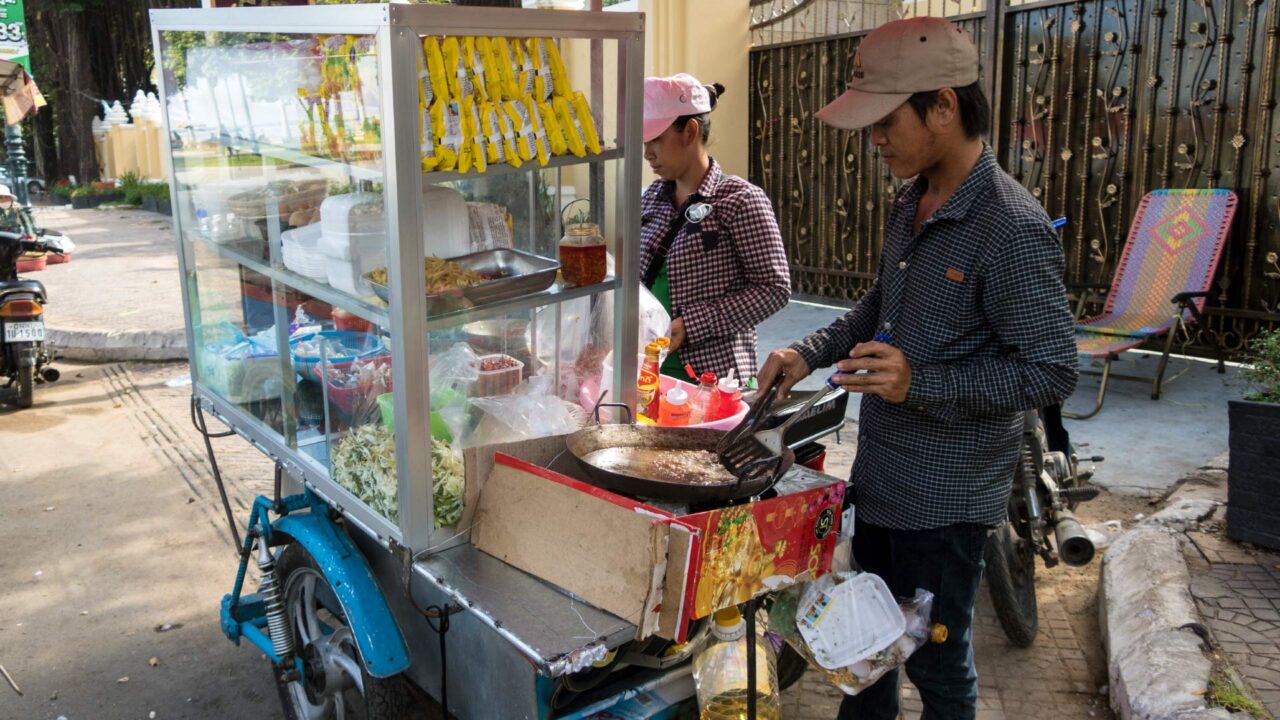
If you do come down with gastrointestinal flu or diarrhea, even if you’re not feeling well, make sure you drink enough water. Dehydration can happen faster than you think. Traditional home remedies like bananas or pretzel sticks can also help a bit. Coconut water is also often recommended – and it’s easy to find in places like Thailand, Cambodia, Indonesia, etc.
For peace of mind, you can bring something for your stomach issues from a pharmacy before your trip or use charcoal tablets. If you can’t manage to eat anything light, you should also have electrolyte powder on hand to counteract the loss of electrolytes. Otherwise, just wait it out – ours has never lasted more than two or three days. If it lasts longer or if the stomach pains become very severe, see a doctor.
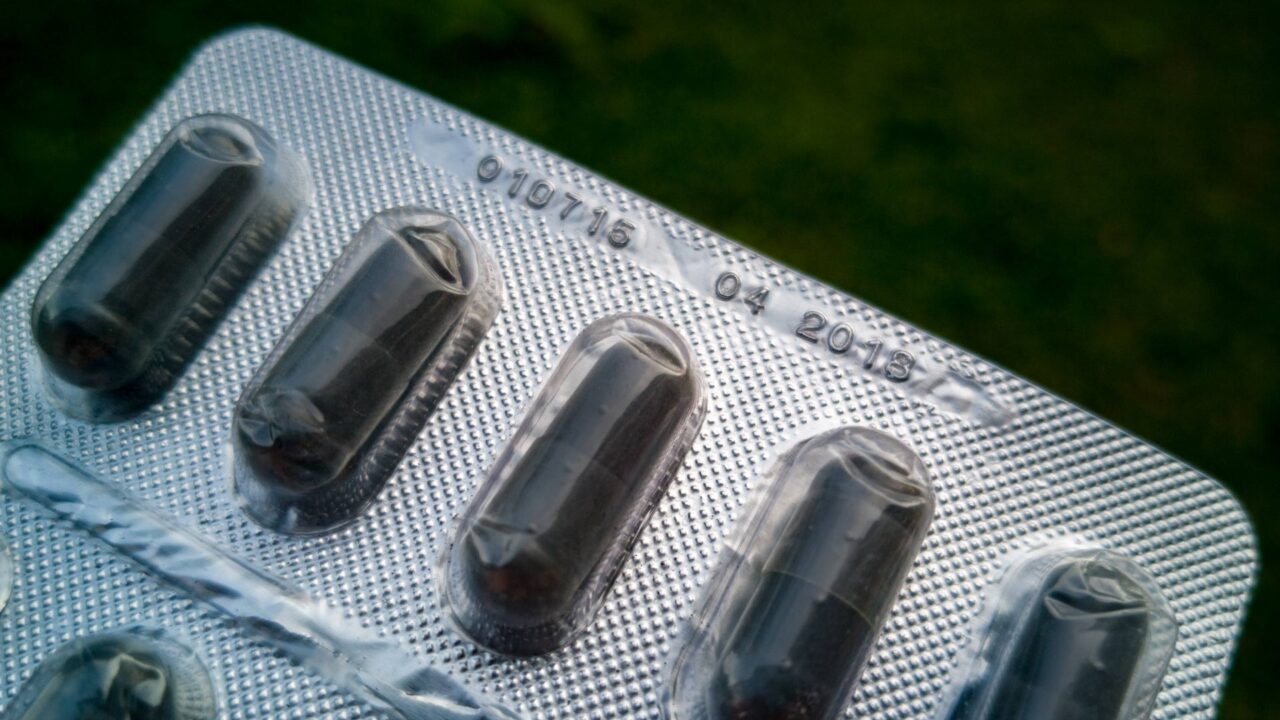
4. Sunburn
The closer you get to the equator, the stronger the sun. When it’s very windy, for example during a scooter or boat ride, you often don’t notice the sun as much, and that’s precisely where the risk is highest. We’ve also underestimated the sun many times and have occasionally suffered severe sunburn. It almost turned into heatstroke, with symptoms including headaches, nausea, and extreme fatigue.

What You as a Traveler Can Do or Learn From This
Always protect yourself from the sun (cap, hat, etc.) and always bring enough sunscreen. Keep in mind that sunscreen is costly in Asia because it’s imported. The much-touted coconut oil helps only to a limited extent, and if your skin can’t handle much sun, a good sunscreen with a high SPF is absolutely essential.
5. Dengue Fever
Luckily, neither Tobi nor I have ever had dengue or malaria. But we know at least a handful of people who have had dengue, and apparently, it’s really tough! Especially if you get dengue more than once. Typical symptoms, besides high fever, include severe muscle and bone pain. According to reports from our friends, in extreme cases, you can be bedridden for 2 weeks. It doesn’t always have to be that extreme, though, and normally, you should feel much better after about a week.
Dengue fever is transmitted by the Aedes mosquito, also known as the Asian tiger mosquito. These mosquitoes live in the tropics and can be recognized by the black and white pattern on the back part of their bodies. They are usually active in the early morning or before sunset.
What You as a Traveler Can Do or Learn From This
The best protection against this disease is simple: don’t get bitten by mosquitoes! If you’re in damp, jungle-like areas (the risk is much lower in big cities), get mosquito spray locally (available at any pharmacy or convenience store like 7-Eleven), or bring your own from home if you prefer. Wear long, light-colored, and loose-fitting clothing, and be especially careful at sunrise and sunset. Whenever possible, stay in air-conditioned rooms or rooms with mosquito nets.
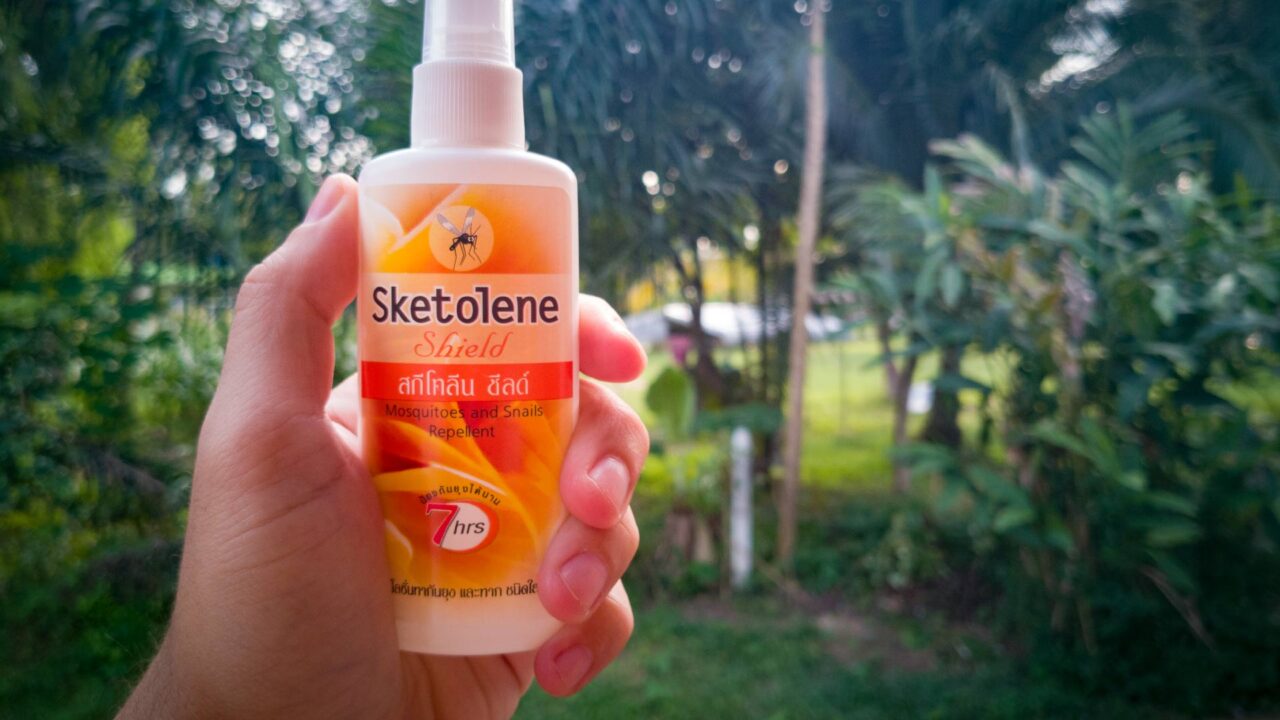
If you suddenly develop a high fever and headache, bone, and muscle pain while traveling, see a doctor immediately. It’s not always dengue, but you should still get checked out.
Conclusion
6 years in Southeast Asia and relatively few incidents in comparison. As you can see, there are indeed some health risks – but they’re fairly manageable. We believe that the biggest dangers are dengue and riding a scooter, which both require special caution. It’s important, as it is everywhere in the world, to always use common sense.
Important: We are not doctors, and this article is not intended to serve as medical advice. We’re just sharing our personal experiences. You should always consult a doctor and also seek advice from a professional.
What illnesses or health problems have you had on your trips to Southeast Asia? Tell us your story in the comments.

Marcel
Hi, I'm Marcel! Blogger, author and founder of this travel blog. I've been traveling almost constantly since 2013 and love to travel in Southeast Asia and Europe. I also enjoy traveling with my child. Find out more on our About Us page.